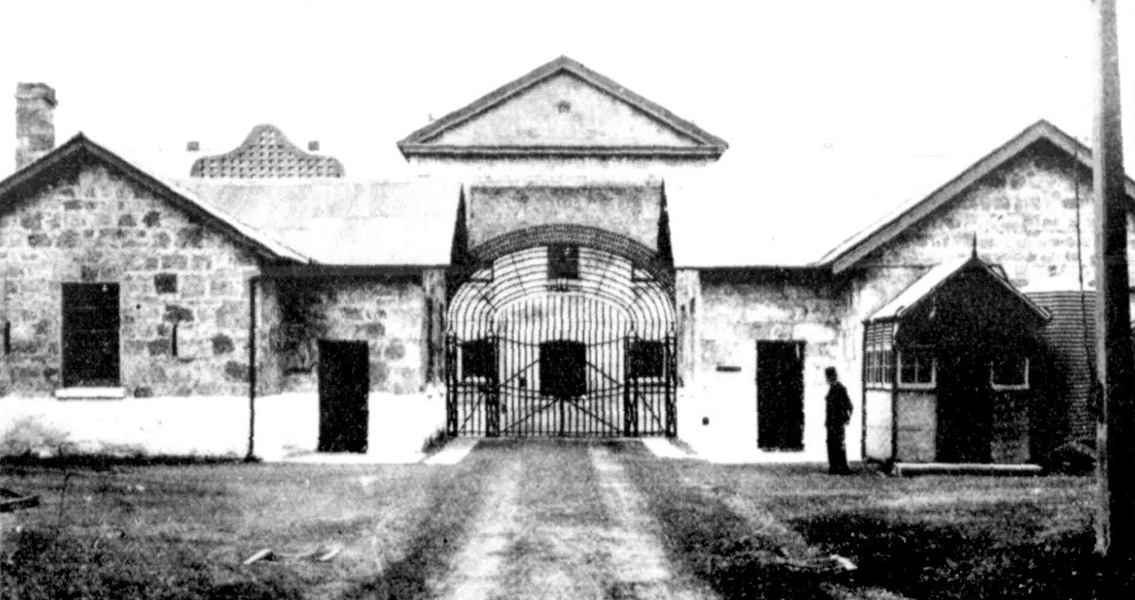<![CDATA[Continuing archaeological work at an infamous former prison in Western Australia has been yielding results, helping to highlight how early administrators for the Swan River Colony treated Euro-Australian and Aboriginal inmates. For the last two years, scientists Thomas Whitley and Sean Winter from the University of Western Australia have been leading excavations of the former engine house, original bath house and parade ground of Fremantle Prison, which opened in 1855 and continued to be used to incarcerate prisoners until 1991. The engine house of the prison, home to its industrial complex, played a major role for the colony in the nineteenth century, as it was used as a path for community reintegration for inmates. Throughout the 1800s, Fremantle Prison was the exclusive domain of Euro-Australian inmates. Aboriginal convicts, by comparison, were sent to Rottnest Island (also known as Wadjemup) until the prison was abolished in 1902. According to Phys.org, Whitley says that Fremantle Prison was widely considered the crown jewel of the Western Australia spatially distributed labor control system, even with its explicit and enforced boundaries. "Inmates could anticipate the possibility of work release as ticket-of-leave men, whereby they could live under limited restrictions at satellite locations throughout WA, and work in paid tasks as labourers,” the scientist remarked, adding that becoming a “ticket-of-leave” man was directly influenced by an inmate’s skill set, their behavior while behind bars, and the demand for their skills outside the walls of the prison. Excavations at the engine house site yielded boiler piping and a Schwoerer superheater that had been part of a pumping system installed at the turn of the nineteenth century. The system, which was a technological marvel at the time, was capable of pumping nearly 285,000 liters an hour, with Whitley stating that the system was so advanced that it was “equivalent to the computer systems of their day". Inmates who were trained on operating these machines were highly valued for the Goldfields Water Supply Scheme headed up by C.Y. O'Conner, a project that began in 1899 in order to pump water to mining communities in Eastern goldfields. The Fremantle inmates were given access to crucial skills like engineering, how to use drilling machines, and the intricacies of plumbing, skills which made them highly valued members of the community once they transitioned out of incarceration. Meanwhile, Aboriginal inmates relegated to Rottnest Island never received such opportunities – clear examples of social exclusion and control, said Whitley. The scientist says that there’s little explanation for the treatment of Aboriginals being specifically exclusionary when viewed against the goals of redemption and reform that the institutional penal structure extended to Euro-Australian inmates. An Aboriginal traveling to Wadjemup was never expected to return, Whitley remarked, much in the same way convicts shipped from England to Australia were expected to never return. The ongoing excavation projects at Fremantle Prison are expected to identify additional examples of the wildly divergent ways that Euro-Australian inmates and Aboriginal ones were treated in Western Australia during the nineteenth century. ]]>
Fremantle Prison Dig Highlights Privilege of Inmates
